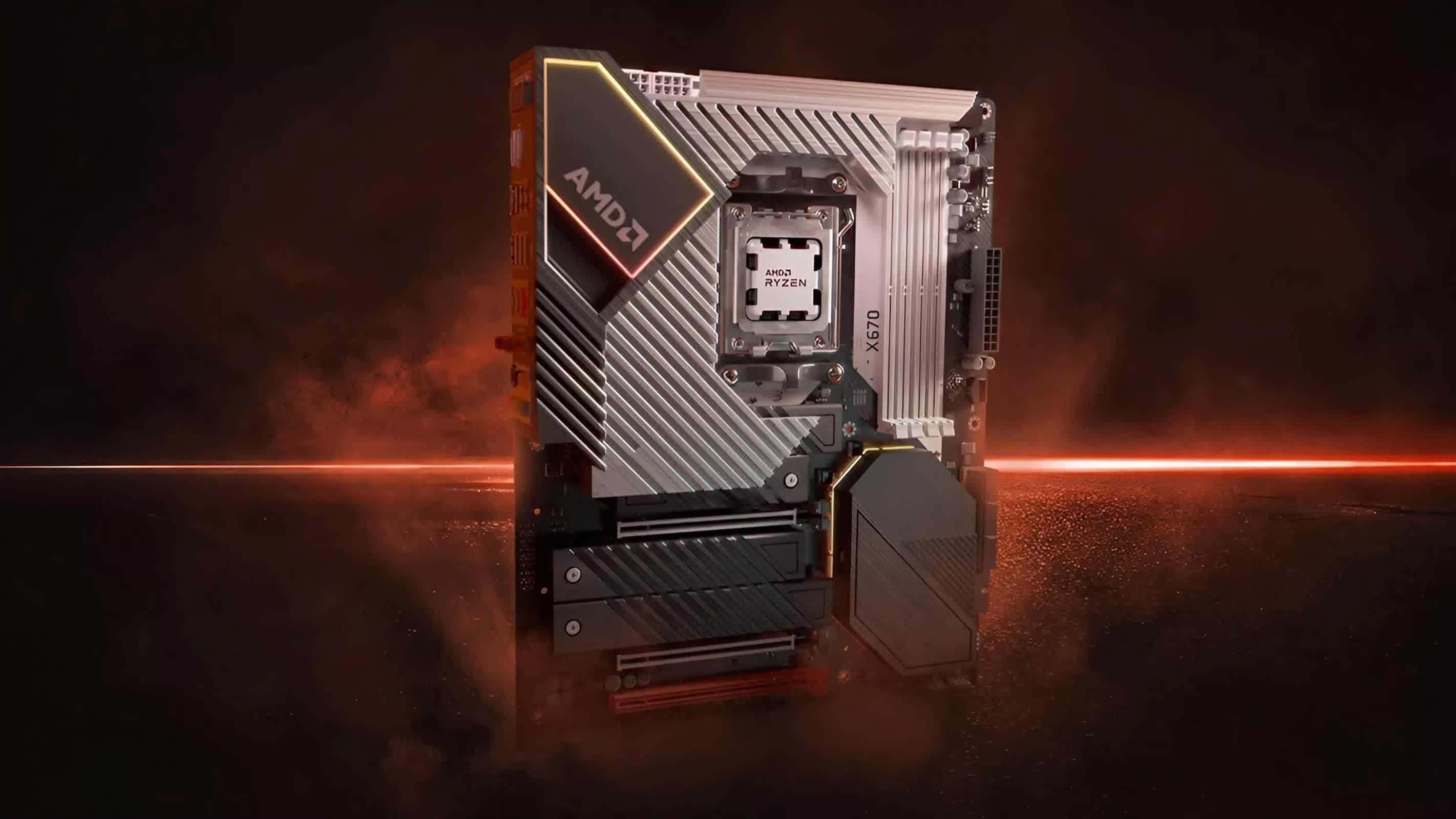Rumor mill: As AMD preps its upcoming Zen 6 architecture, independent reports from industry insiders are shedding light on what users can expect from the next generation of Ryzen desktop processors. Two prominent sources – Yuri Bubily, known in the enthusiast community as 1usmus, and techtuber Moore's Law Is Dead – have independently shared details that paint a picture of a chip generation focused on incremental yet meaningful improvements.

Yuri Bubily, creator of the Hydra tuning software, revealed on his official Discord that engineering samples of Zen 6-based Ryzen CPUs have already reached AMD's industry partners. According to Bubily, Zen 6 is best described as an evolution of Zen 5, rather than a complete overhaul. The new architecture brings a notable increase in CPU core counts per chiplet, with up to 12 cores per CCD expected. This could allow desktop processors to reach up to 24 cores and 48 threads when two CCDs are paired on a single chip, a significant leap from previous generations.
The cache subsystem is also getting a boost, with each CCD featuring up to 48 MB of L3 cache. Bubily notes that the integrated memory controller is being redesigned: Zen 6 will implement a dual IMC configuration, but will retain the familiar two-channel DDR5 memory setup. This means users should not expect quad-channel memory support on mainstream platforms, but higher memory speeds are anticipated. The client I/O die will also be updated, likely moving to a newer EUV process node, which should improve efficiency and bandwidth.
Importantly, Bubily emphasizes that there are no major changes expected for AMD's boosting algorithms or the Curve Optimizer feature – both staples for enthusiasts who fine-tune their systems. He reassures users that Hydra support for Zen 6 will be straightforward and that the new CPUs will remain compatible with existing AM5 motherboards. This stands in contrast to Intel's upcoming Nova Lake-S processors, which will require a new socket and motherboard.
While 1usmus focuses on architectural refinements, Moore's Law Is Dead highlights AMD's aggressive push for higher clock speeds and advanced manufacturing. He reports that AMD is internally testing Zen 6 desktop CPUs that already achieve 6.4 GHz, with an ambitious target of surpassing 7 GHz on the high-end N2X process node from TSMC. This would represent the highest-clocked x86 processor AMD has ever produced, and a dramatic leap over the current Zen 4's 5.7 GHz peak.
The YouTuber explains that only the top-tier desktop variants will use the N2X node, which is an enhanced version of TSMC's 2nm process. Other Zen 6 products, such as the Medusa Point APUs and Venice-class EPYC server chips, will rely on more mature N2P or N3P nodes. These chips may not reach the same raw frequencies but are expected to deliver notable gains in efficiency and performance-per-watt. For mobile platforms, clock speeds are projected to top out around 6.2 to 6.5 GHz, still a substantial uplift over current generation mobile CPUs.
The move to these advanced nodes is not just about frequency. It also enables higher transistor density, which supports the increased core counts and larger caches described by Bubily. Moore's Law also reports that AMD is exploring the possibility of stacking multiple layers of 3D V-Cache, potentially pushing total L3 cache as high as 240 MB for certain gaming-focused SKUs.
Both sources agree that Zen 6 will continue to use the AM5 socket, preserving upgrade paths for current Ryzen users. The architecture is expected to bring double-digit improvements in instructions per clock, higher DDR5 memory speed support, and similar thermal design power profiles compared to Zen 5.
While the exact launch date remains unconfirmed, most indications point to a release window in mid-to-late 2026, aligning with the debut of Intel's Nova Lake-S desktop CPUs.
